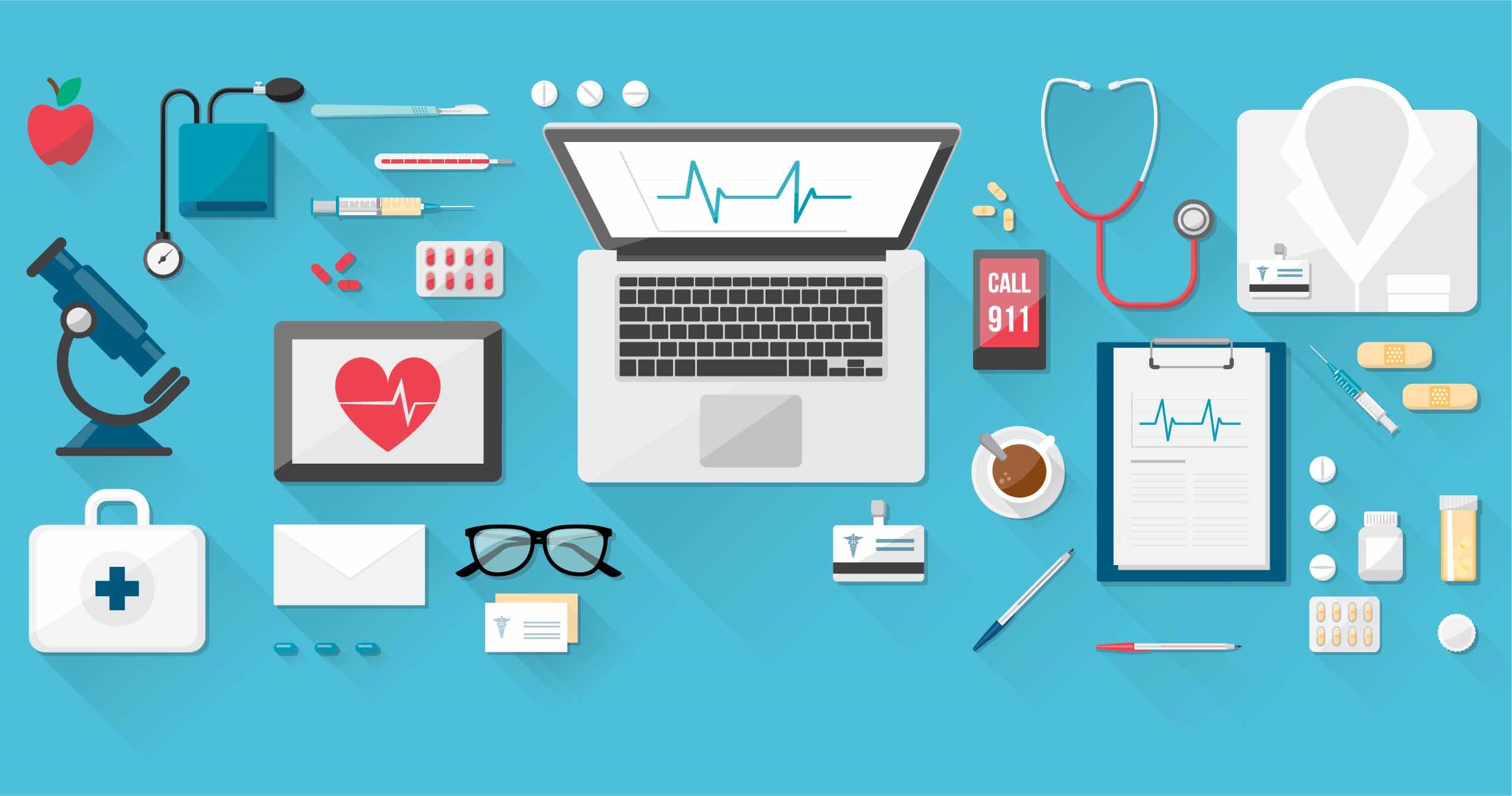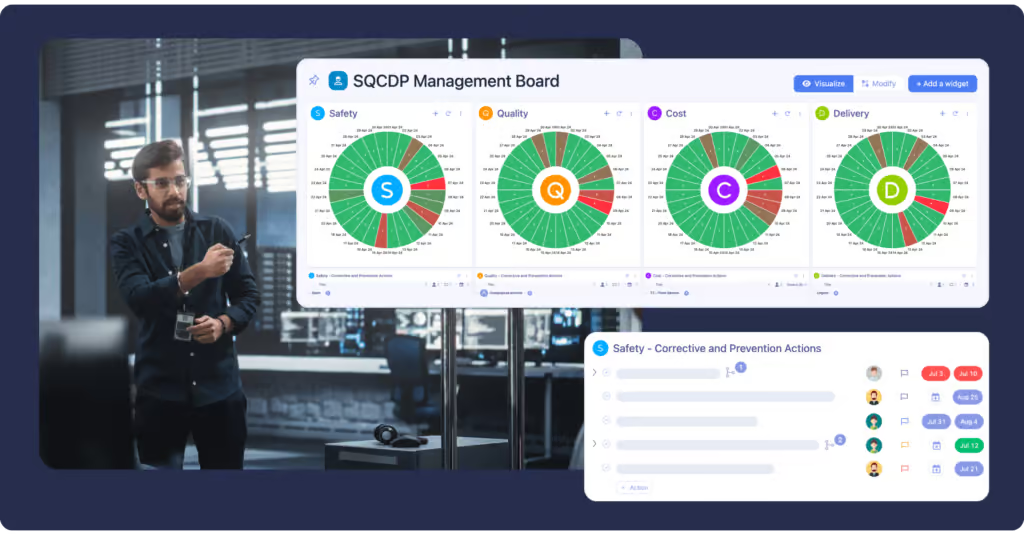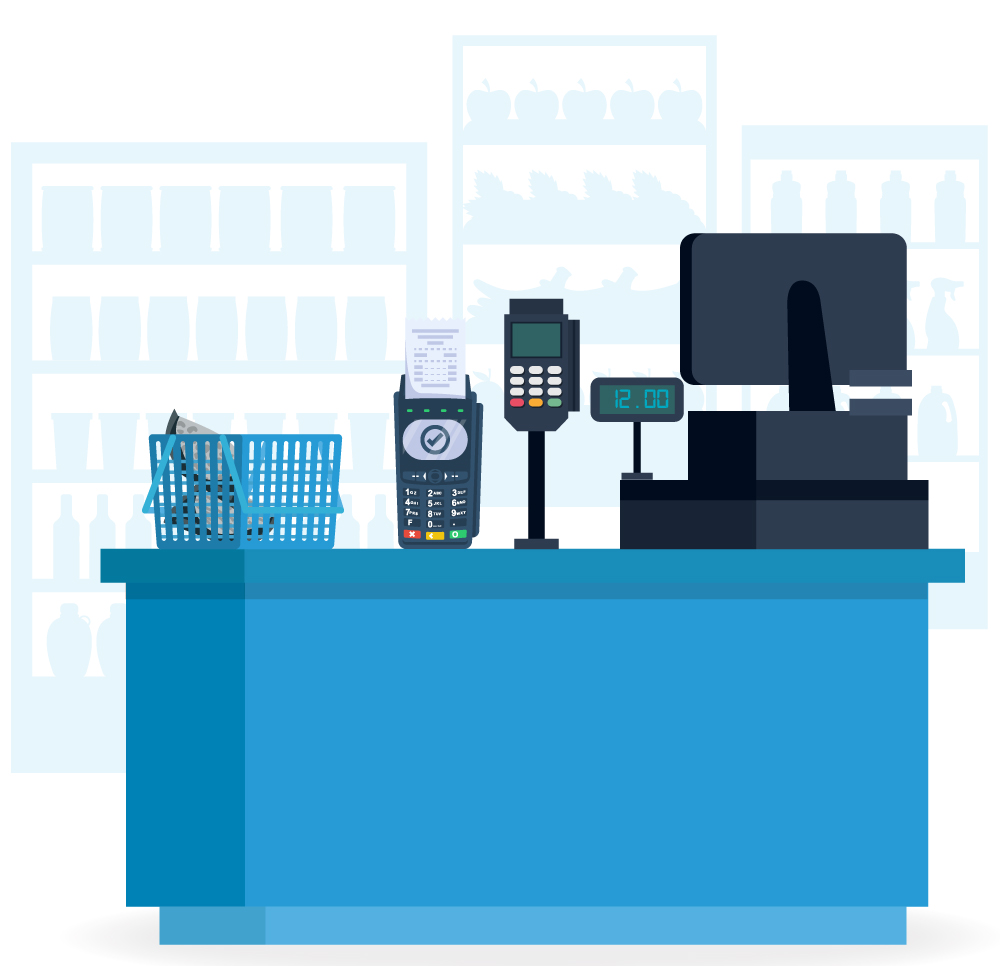
In the ever-evolving landscape of healthcare management, the integration of technology and data analytics has proven to be a game-changer. Electronic Health Records (EHRs) and calculators, two seemingly distinct tools, have emerged as a dynamic duo that enhances the efficiency, accuracy, and overall quality of healthcare delivery.
This article explores the symbiotic relationship between EHRs and calculators, showcasing how their synergy is transforming healthcare management.
EHRs, with their ability to digitize patient records and streamline administrative processes, have reshaped the way healthcare information is collected and managed. They provide a comprehensive repository of patient data, enabling healthcare Industry Solution providers to access critical information at their fingertips, from medical histories to medication records.
On the other hand, calculators, often underestimated in their significance, play a vital role in clinical and financial decision-making. They assist healthcare professionals in medical calculations, from determining drug dosages to interpreting laboratory results. However, the true power of this dynamic duo emerges when they are integrated seamlessly within healthcare management processes.
EHRs and calculators work in tandem, allowing for efficient clinical decision support, data-driven insights, and financial optimization. Together, they empower healthcare providers, administrators, and patients to make more informed choices, leading to better patient outcomes and the efficient operation of healthcare organizations.
As technology continues to advance, the integration of EHRs and calculators will play a pivotal role in shaping the future of healthcare management.
1. The Role of EHRs in Modern Healthcare
Electronic Health Records (EHRs) have revolutionized the way healthcare data is collected, stored, and managed. These digital repositories of patient information offer numerous advantages:
- Comprehensive Patient Data: EHRs provide a comprehensive view of a patient's medical history, including diagnoses, treatments, medications, allergies, and more. This wealth of information aids healthcare providers in making informed decisions. Continuing with the topic of EHR advantages, consider examining different pricing models and factors influencing costs. For an in-depth look at this critical aspect, refer to Foothold Technology's EHR pricing guide. This detailed resource explains various cost-effective options for implementing EHR software, helping healthcare providers make informed financial decisions.
- Interoperability: Modern EHR systems are designed to be interoperable, enabling seamless sharing of patient data among healthcare providers and institutions. This connectivity improves care coordination and reduces duplication of tests and procedures.
- Efficiency: EHRs streamline administrative tasks by automating processes like appointment scheduling, revenue cycle management services, and insurance claims processing. This efficiency frees up healthcare professionals to focus more on patient care.
- Decision Support: EHRs incorporate clinical decision support tools that provide real-time guidance to healthcare providers. This assists in diagnosing conditions, prescribing medications, and identifying potential drug interactions or allergies.
2. The Power of Calculators in Healthcare
Within the discussion on financial calculations in healthcare, it's crucial to recognize the integral role of efficient billing practices, particularly in specialized fields like cardiology. The use of EHR-integrated calculators aids not only in determining medical dosages but also streamlines cardiology billing. By automating complex claims processing and ensuring timely submissions, these tools contribute significantly to maintaining financial health within healthcare organizations.
Calculators have long been a staple in healthcare, aiding healthcare professionals in various clinical and administrative tasks:
- Medical Calculations: Healthcare providers rely on calculators for medical calculations such as determining medication dosages, interpreting laboratory results, calculating body mass index (BMI), and estimating patient risk scores.
- Financial Calculations: In the realm of healthcare finance, calculators play a pivotal role in tasks like medical billing, revenue projections, cost analysis, and budget planning. These calculations are essential for maintaining the financial health of healthcare organizations.
- Clinical Decision Support: Calculators are embedded in EHR systems to provide clinical decision support. For instance, they assist in calculating a patient's estimated glomerular filtration rate (eGFR), which is crucial for determining kidney function.
3. The Synergy: EHRs and Calculators in Healthcare Management
The true power of the dynamic duo—EHRs and calculators—emerges when they are integrated seamlessly within healthcare management processes. Here's how they work together to enhance healthcare delivery:
- Clinical Efficiency: Healthcare providers can access medical calculators directly from EHR systems. For instance, when assessing a patient's cardiovascular risk, a physician can use a calculator integrated into the EHR to input relevant data and instantly obtain the risk score. This streamlines clinical decision-making, eliminates manual calculations, and reduces the risk of errors. Early detection of certain health conditions can significantly impact treatment outcomes. For example, having a comprehensive medical history readily available in EHRs can help healthcare providers identify potential reasons for men's hair loss, which can sometimes be linked to underlying health issues.
- Data-Driven Insights: EHRs capture vast amounts of patient data. Calculators, when integrated, can process this data to provide meaningful insights. For example, by analyzing a patient's cholesterol levels and other risk factors stored in the EHR, a calculator can assess the patient's risk of developing cardiovascular disease over time. This data-driven approach to healthcare management allows for proactive interventions.
- Precision Medicine: The combination of EHRs and calculators is pivotal in the realm of precision medicine. With access to a patient's genetic information stored in the EHR, calculators can assist in personalized treatment planning, including medication selection and dosage adjustments based on genetic profiles.
- Financial Optimization: On the administrative front, healthcare organizations use calculators within EHR systems to streamline billing processes. These calculators can automatically generate accurate bills based on the services rendered, insurance coverage, and patient financial information. This reduces billing errors and ensures prompt reimbursement.
4. Case Studies: Real-World Applications
To illustrate the impact of this dynamic duo, let's explore two real-world applications:
- Diabetes Management: A patient with diabetes can go for snack bar and visits their healthcare provider . The EHR contains the patient's medical history, including blood glucose levels, medication regimen, and lifestyle factors. Integrated calculators within the EHR help the provider assess the patient's overall glycemic control, estimate their risk of hypoglycemia, and calculate insulin dosages based on their current glucose level and carbohydrate intake.
- Hospital Financial Management: A hospital administrator uses an EHR-integrated financial calculator to forecast revenue and expenses for the upcoming fiscal year. The calculator considers patient volumes, insurance contracts, reimbursement rates, and operational costs. This data-driven financial analysis guides strategic decisions, such as resource allocation and investment planning.
5. Future Directions and Considerations
As healthcare management continues to evolve, the integration of EHRs and calculators will likely become even more sophisticated:
- Artificial Intelligence (AI): AI-powered calculators within EHRs can analyze vast datasets to identify trends, predict disease outcomes, and recommend personalized treatment plans. Machine learning algorithms can continually refine these calculators, making them more accurate over time.
- Patient Engagement: EHRs can include patient-facing calculators and decision support tools that empower individuals to actively participate in their healthcare. Patients can use these tools to monitor chronic conditions, assess health risks, and make informed lifestyle choices.
- Security and Privacy: As EHRs and calculators handle increasingly sensitive patient data, robust security measures and privacy safeguards will be paramount. Ensuring the confidentiality of patient information is essential.
- User Training: Healthcare providers and administrators must receive adequate training on using integrated EHR and calculator systems effectively. This includes understanding data input, interpreting calculator outputs, and leveraging insights for clinical and financial decision-making.
6. Conclusion
The synergy between Electronic Health Records (EHRs) and calculators is ushering in a profound transformation in the realm of healthcare management. This partnership is not merely about the convergence of two distinct tools; it signifies a powerful alliance that reshapes the way healthcare is delivered and managed.
By seamlessly integrating EHRs and calculators, healthcare professionals are equipped with the tools they need to make well-informed decisions at every juncture of patient care.
At the core of this transformation is the enhancement of clinical decision-making. EHRs provide a comprehensive repository of patient information, from medical histories to test results, enabling healthcare providers to have a holistic view of a patient's health.
When coupled with calculators, healthcare professionals can swiftly and accurately perform complex medical calculations, ensuring precise medication dosages, interpreting laboratory findings, and assessing risk scores.
This collaborative approach not only expedites the decision-making process but also reduces the margin for error, ultimately resulting in better patient outcomes.


